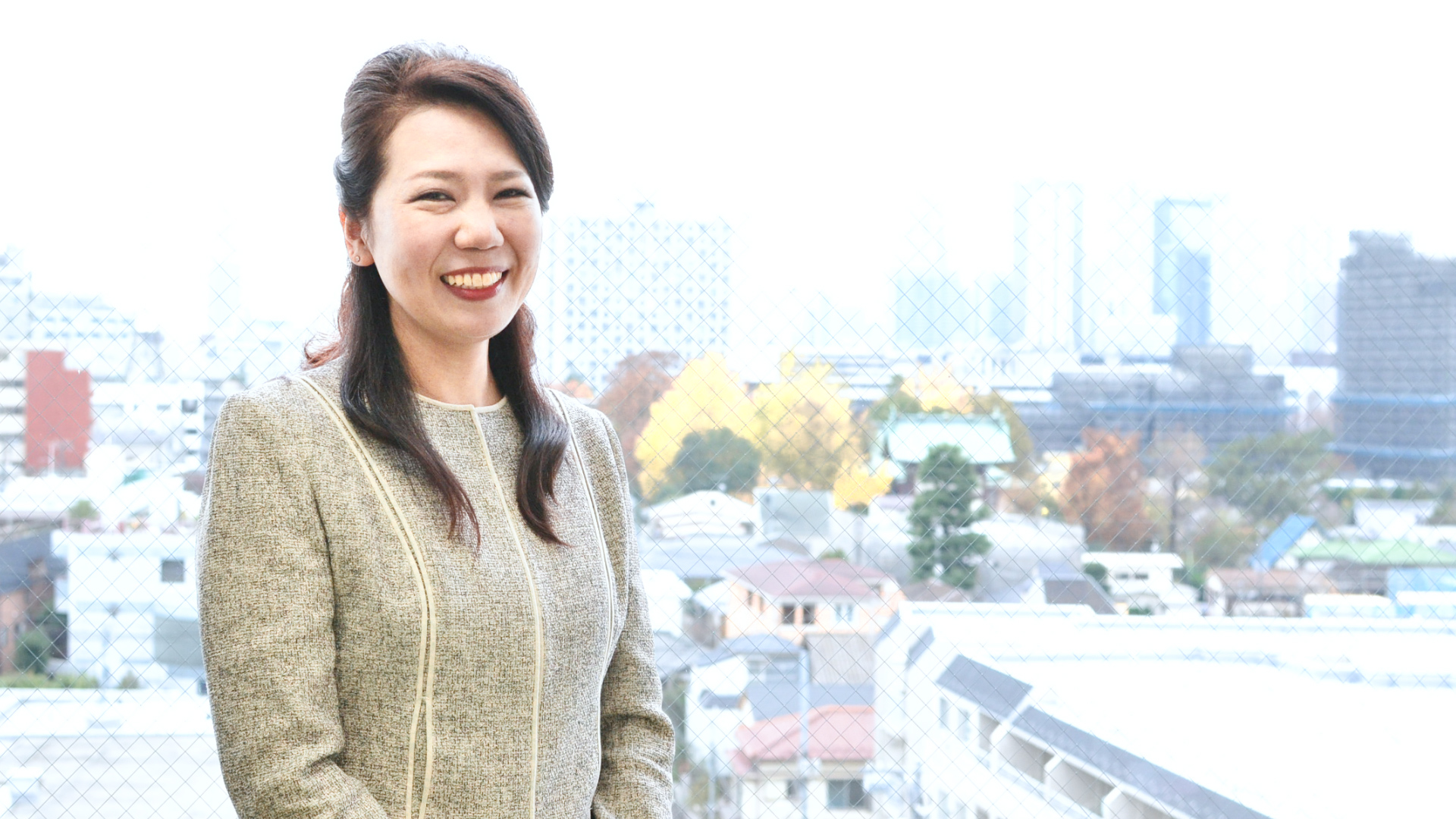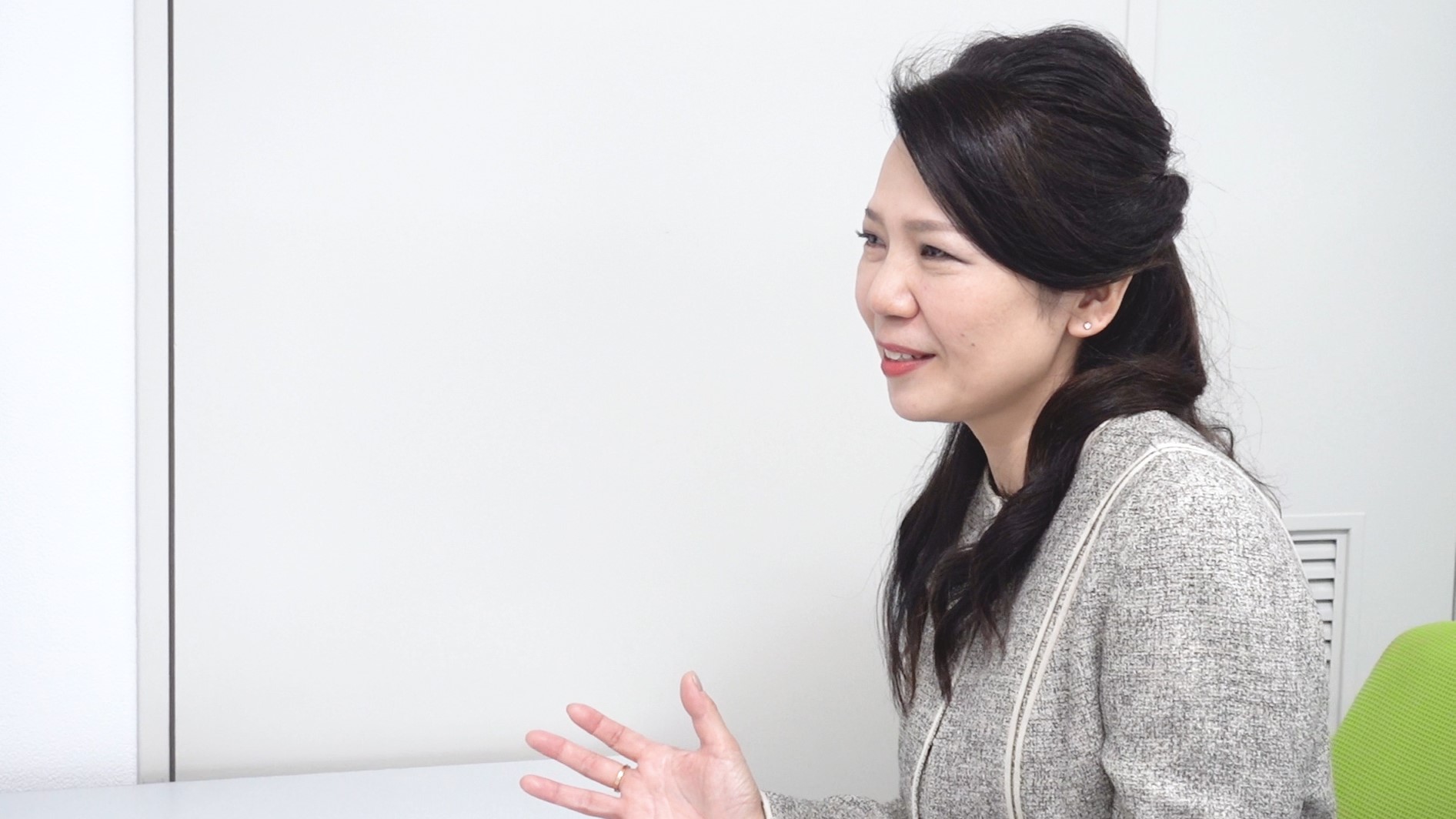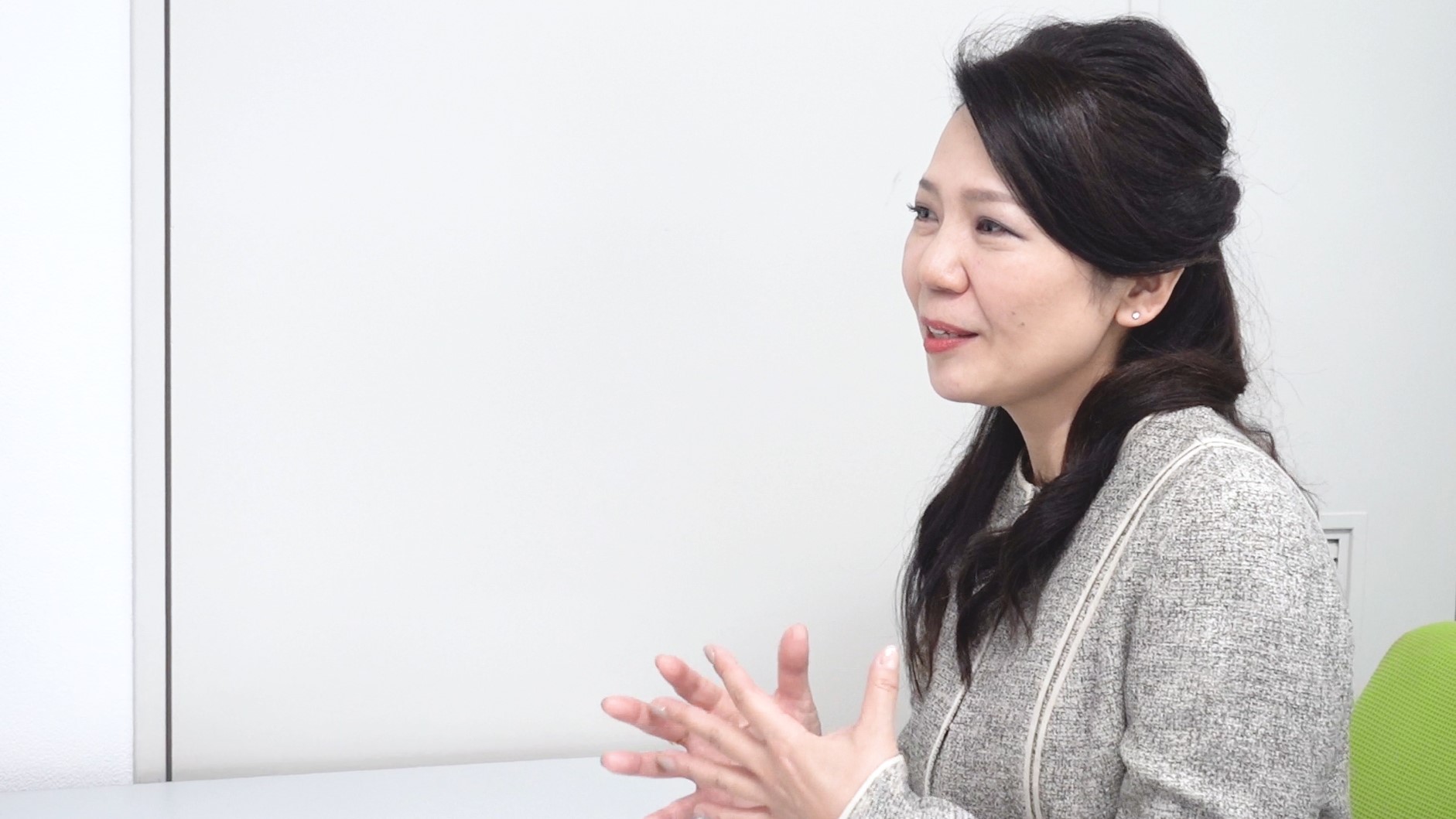Get to know our instructors
Improve your conversational Japanese and pass JLPT with my ‘’practical Japanese’’ private lessons
AKIKO MIZUNO

Profile
Throughout her career, Ms. Mizuno engaged in private lessons at a Japanese language school for businesspersons. Currently, she’s part of the team scoring written exams and offers solid exam preparation for those interested.
1. 1) I’ve taught language school students and employees at foreign affiliates from beginner to advanced level & JLPT
How would you describe your students?
I’ve taught a vast range of personalities throughout my career from beginner to advanced level, including students of Japanese language schools, businesspersons employed at foreign-owned enterprises, as well as expatriates and their families. Every time I changed the curriculum according to my student’s level, sometimes focusing more on effective communication in business Japanese and sometimes more on the ability to read and understand the newspaper content. I’ve also had an opportunity to lead an education program sponsored by the Agency of Cultural Affairs for foreign residents of Minato Ward.
2. ‘’Useful Japanese’’ is my motto - I take into consideration each student’s situation and prepare an original skit
I think what people learning Japanese are most interested in is your teaching style. Can you tell us how you proceed with your classes?
First, I make sure to confirm the student’s level with their company. Then, I meet with the student in person for a talk to see if it matches what I was told. Finally, I ask the student if she/he only wants to learn to speak or if they have any other wishes, such as improving their grammar. We start with the classes after completing all the above steps.
You compare the company’s feedback with their actual skills. Is there anything you keep in mind giving the classes?
I think the most important for me is to teach ‘’useful Japanese’. Therefore, I try to concentrate on real-life situations to help my students understand which phrases and expressions are the most adequate in that given time and place.

Right, it’s relatively easy to learn the vocabulary and grammar rules by yourself, but to be able to recognize when and how to use that knowledge properly seems quite difficult if you have only your textbook. Is it true that you use finger puppets in your skits?
Yes, I do haha. For example, I would use my 4 finger puppets for the
following conversation:
Finger Puppet A: Are you going tomorrow?
Finger Puppet B: I have
a stomachache, so…
Me: Are you going somewhere tomorrow, B?
This skit is meant to teach how to recognize the implied content by
paying attention to the context. Even if you know the literal meaning
of these words, it may be challenging for you to understand what the
other party wants to convey due to the difference in cultural
background. I figured it’s easier to clarify this discrepancy to my
students if I present them with a hypothetical situation first and
then follow with the explanation.
Using an accurate sentential form is not everything in Japanese. Some
expressions could sound off, too harsh, or too bold depending on the
circumstances, so I help my students overcome the cultural gap.
3. ‘’Practical Japanese’’ for everyone
Ms. Mizuno made ‘’useful Japanese’’ a focal point of her lessons.
She presented us with a wide variety of students’ cases throughout her
lengthy career as a private tutor.
・Case 1: Answer the individual wishes
I had a student who didn’t want to use a textbook. He didn’t want to
go through another boring lesson where you simply repeat and remember
the grammar rules over and over again. I modified the skits asking him
to fill in the blanks in the puppets’ conversation with the suitable
word form or expression.
・Case 2: Different Japanese for different circumstances
One of my students needed to learn how to express himself in an office
environment. Since in Japan, you must take into account your position
in office hierarchy, I taught him polite forms of ‘’-masu’’ and
‘’-desu’’. He used to speak very casually during the company meetings,
but after taking my lessons, he realized it wasn’t appropriate and
became more careful.
1) He could finally notice his own mistakes thanks to your ‘’useful
Japanese’’ method.
Below you can find an example of Ms.Mizuno’s JLPT preparation class.
・Case 3: JLPT
This person just recently came to Japan, and his employer asked me to
help him with his pronunciation and JLPT preparation. I decided to use
my finger puppets again because as a matter of fact, passing N1
(highest level Japanese Language Proficiency Test) often doesn’t
verify the ability to speak.

Instead of using the same textbook every time, you customize your lessons to fit the needs and wants of your students. How much effort does this process take? It seems quite troublesome
It indeed takes more time to prepare the skits and other teaching materials, but I feel like the textbook knowledge alone is not going to prove helpful to my students. Each of them has a different personality and likes different things. When I meet my students for the first time, I ask them about their country’s favorite dish, favorite film, or a favorite book, and try to implement this information in the skits. Seeing how it raises their motivation makes me happy too.
She’s a teacher who puts her students’ happiness and success in the
first place.
Ms. Mizuno has liked the Japanese language since she was a child and
always tries to get closer to her students by reading the books and
watching the movies they recommend.
You just read an interview with one of our instructors, Ms. Mizuno. She doesn’t rely on the textbook alone creating original skits for each of her students based on their level of Japanese and things they find interesting. Additionally, Ms. Mizuno is part of the JLPT editor team and offers solid exam preparation for the attendees of her classes.
